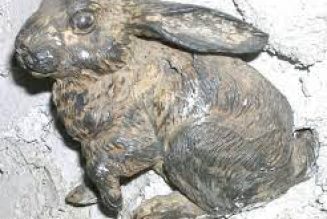Wine, just as it is, constitutes a powerful entheogen. The Dying and Resurrected God is embodied int he wine in the form of Dionysos — and in Jesus, for that matter, whose symbolism and mythology associates him with the wine. Dionysos, though, is the “Twice Born” God of the Vine, and his cup is the offering of ecstasy and madness. “I am the vine,” he says, and he offers insight into death and rebirth, despair and joy.
Many Witches drink wine — either a little or a lot — as a part of their Sabbat rites no matter what. In American Folkloric Witchcraft, we include Sabbat Wine for two separate and distinct purposes — and the wine is different depending on that purpose.
If we are celebrating the Housle as we usually do within the regular course of ritual, we will sacrifice a cup of red wine. It is the shed blood of the Red Meal that is the Housle. In this instance, we don’t add anything to the wine because we don’t need any additional entheogenic effect.
If, however, we are doing trance work, flying out, seiding, or otherwise seeking an altered state of consciousness, we might prepare our special Sabbat Wine (vinum sabbati). We also prepare this Sabbat Wine for initiations. In our case, the vinum sabbati is a local sweet red wine (Oliver Soft Red) in which mugwort and lemongrass have been mulled. After straining the herbs, we add local honey to sweeten the mix and cut the bitterness of the mugwort. Both mugwort and lemongrass have gentle psychoactive properties.
It’s interesting to note that the term “vinum sabbati” has actually been associated with flying ointment, or the witches’ salve, which is the other major entheogen of witchcraft.
